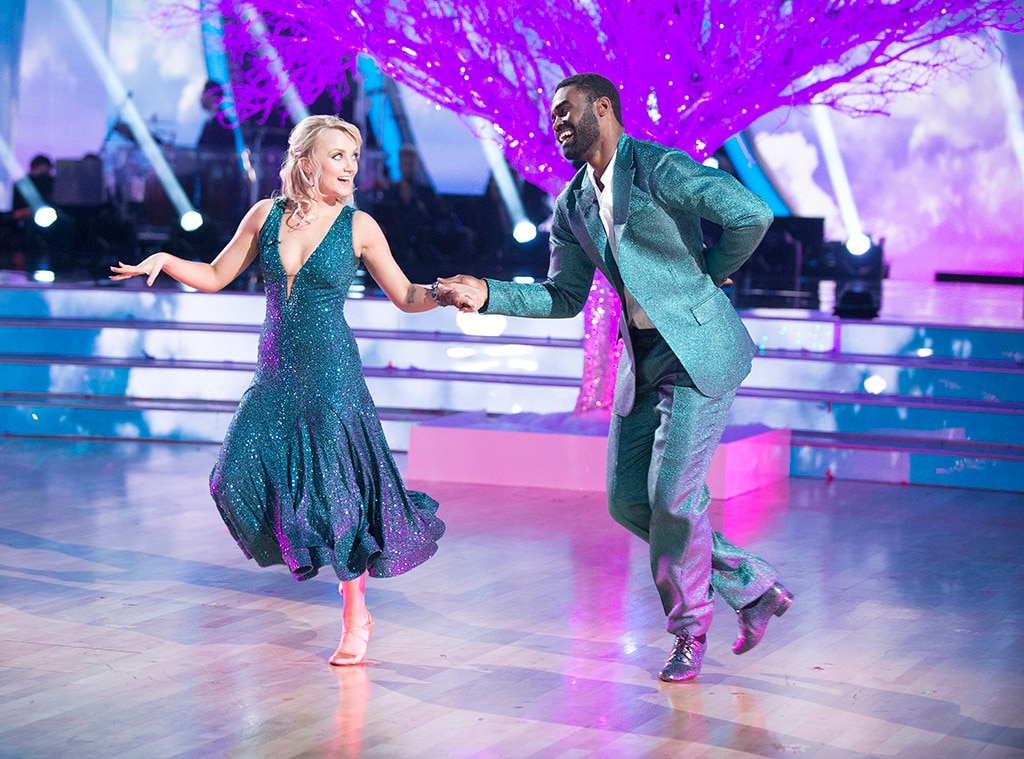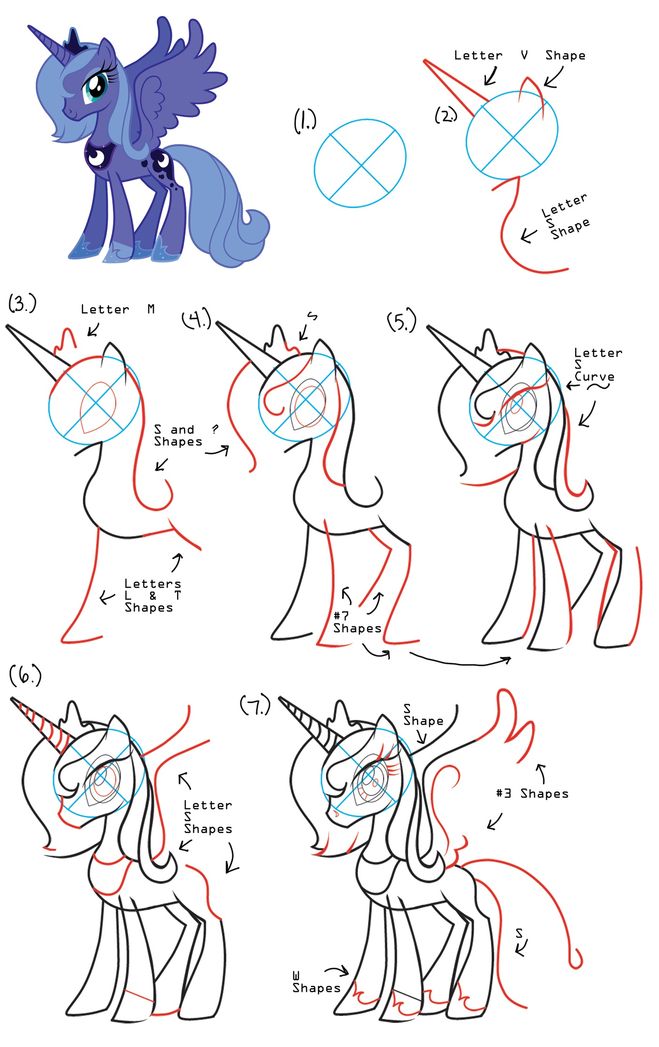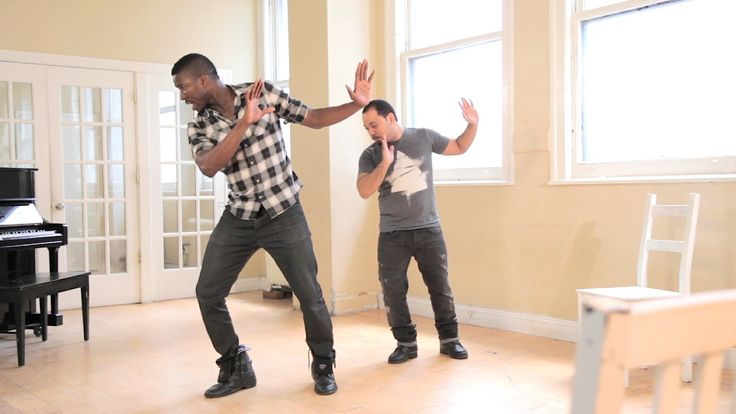How to tap dance faster
Tap Pros Offer Tips to Master Faster Footwork
You’re in tap class and the teacher breaks down a complex phrase. You think you understand it, but when the music comes on, the speed and intricacy of the combination seem like more than your feet can handle.
It can be discouraging to feel as though your technique fails you as the tempo picks up, but you can train your feet to keep up with faster, trickier rhythms. DS talked to two master tappers to get strategies for increasing speed without sacrificing precision.
Start Slow
Before rehearsing those rapid rhythms, it’s important to break down the footwork. Andrew Nemr, a tap educator who directs the company Cats Paying Dues in New York City, recommends that dancers slow down their steps and practice them with an exaggerated physicality. “Your body will learn the most efficient and clearest way to produce sounds,” he says. “From there, you can speed them up, just like drummers and pianists do when they practice. ”
Sarah Reich, an L.A.-based teacher and choreographer who has toured internationally with Postmodern Jukebox, suggests beginning under-tempo.
“Find the point where you’re solid with the step, and the point where it can easily get messy,” she says. “The more you practice that sweet spot, the more you can push yourself to get a little faster.”
Lee Gumbs, courtesy Sarah Reich
Everything in Its Place
Dancing double-time can be frustrating when you don’t hear yourself making all the sounds you’re aiming for. But the problem may be that your feet lack the muscle memory for what a step should feel like when done correctly. “When practicing, you have to focus on the accuracy of your placement,” says Nemr. “Where on the floor is your foot going? What does your body need to do to support that placement?”
For example, if you’re working on grab-offs, be specific about whether you’re landing on a flat foot or on the ball of your foot. When you add shuffles, know exactly where you want the shuffle to strike the floor and what part of the toe tap you are using. “It’s not just about the foot being able to do what it does,” he says. “It’s about making sure the body is in the right place and not just along for the ride.”
When you add shuffles, know exactly where you want the shuffle to strike the floor and what part of the toe tap you are using. “It’s not just about the foot being able to do what it does,” he says. “It’s about making sure the body is in the right place and not just along for the ride.”
Reich uses a rhythm turn as another example of this strategy in action. She tells her students, “The more you cross, the more you get around,” to remind them that the shuffle has to cross in front of them in order to complete a successful turn. When the step is done quickly, proper placement of the shuffle is essential to get around in time. If the shuffle is too big, that will also slow down the turn. “Making steps smaller gets you more speed,” she says.
Nemr performing a tap solo (Dayna Szyndrowski, courtesy Nemr)
Keeping Time
It’s not enough to work on executing a phrase faster and faster. Dancers have to understand how increasing their speed affects their musicality.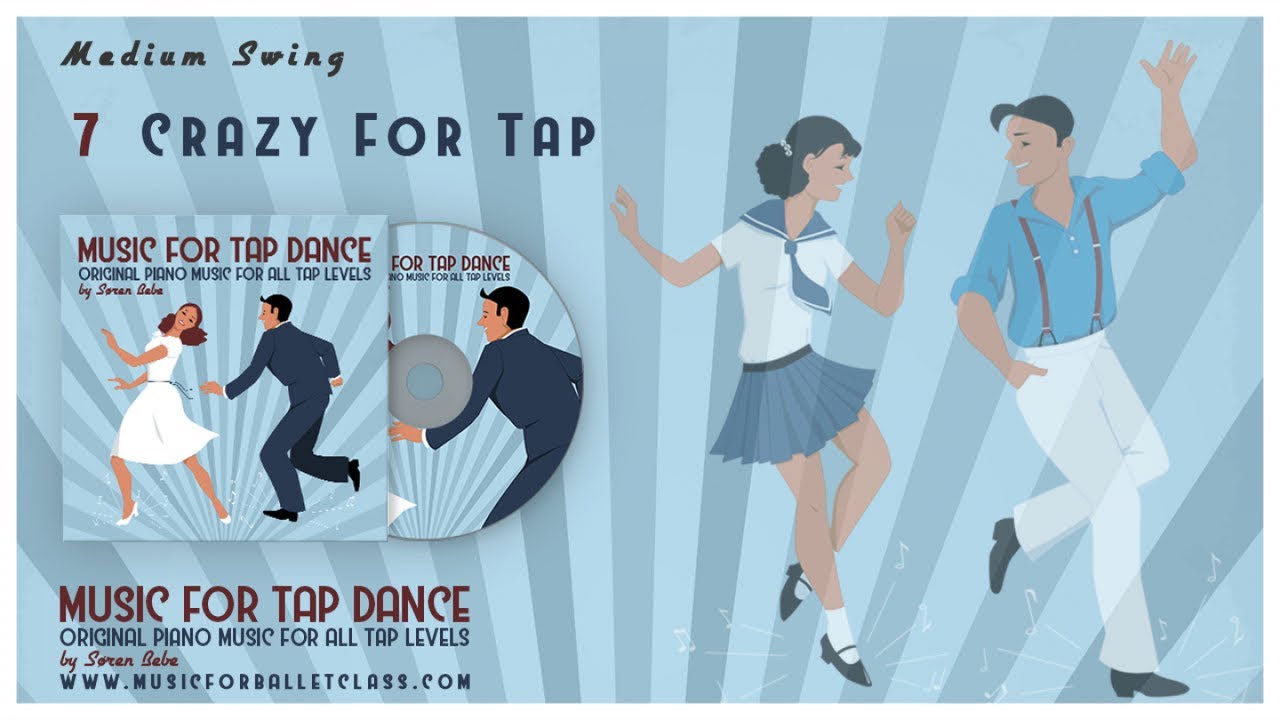
Nemr, who wrote the ebook Rhythm Theory for Tap Dancers, suggests using a metronome and practicing a step such as a paddle and roll in 1/4 notes, 1/8 notes, 1/8-note triplets,16th notes, 16th-note triplets and 32nd notes. This exercise will help finesse both technical accuracy and rhythmic accuracy simultaneously. “Then you’re not just practicing fast,” he says. “You’re practicing in relationship to time.”
Reich agrees that if dancers want to speed up, they should pick a specific subdivision of notes, such as the ones Nemr names. Otherwise, as she warns the participants in her Tap Music Project intensives, whoever is listening won’t be able to decipher the rhythms. Once dancers are able to tap comfortably in that pattern, they can start to branch out from it or add syncopations. “Know what you’re doing so it can come across as music, not just as noise,” she says.
Jeremy Jackson, courtesy Reich
Loosen Up
The thought of having to perform a particularly fast sequence might cause a tap dancer to tense up. But Reich points out that the key to speed is to relax the joints. She believes dancers should begin their practice by shaking out their ankles as if they were “dead fish.” “Using your knee and your leg to get things done will allow you to move faster than using your ankle for each individual note,” she says. For example, rather than focus on striking the floor to make each of the sounds in a phrase like “scuff dig spank,” Reich recommends thinking of it as “straighten your knee, drop your leg, lift your leg.”
But Reich points out that the key to speed is to relax the joints. She believes dancers should begin their practice by shaking out their ankles as if they were “dead fish.” “Using your knee and your leg to get things done will allow you to move faster than using your ankle for each individual note,” she says. For example, rather than focus on striking the floor to make each of the sounds in a phrase like “scuff dig spank,” Reich recommends thinking of it as “straighten your knee, drop your leg, lift your leg.”
A good warm-up, Reich says, should include both relaxed ankle work—such as shuffles, flaps, and flap-heel patterns. “You want to have it all ready to use in your improvisation or if the choreographer is asking something of you,” she says. “Putting it in your warm-up is a way to make sure you’ll nail it every time you dance.”
By going back to the basics, spot-treating problem areas, and gradually building strength and flexibility, speeding up your taps will be a breeze in no time.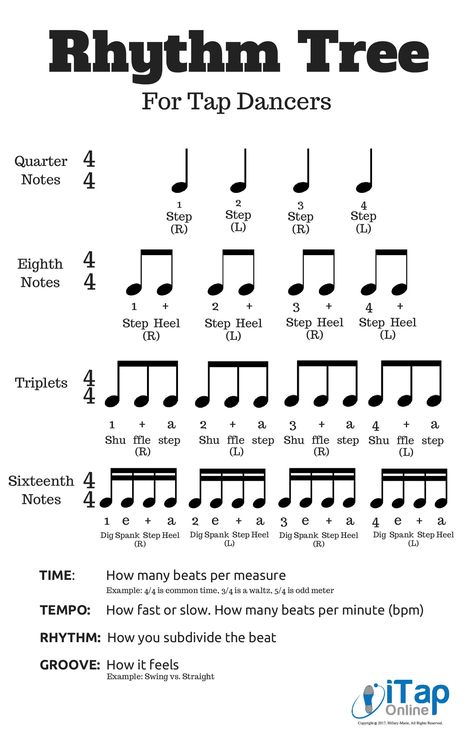
Tap Dancers' Top 3 Mistakes when Practicing Fast Footwork
Published on March 11th 2021 by Hillary-Marie
Speed and clarity.
It’s something tap dancers are always striving for!
And it’s a question that comes up constantly in my iTap Chats withiTapOnline™ Members.
How can I dance faster without missing my sounds?
How do you teach speed and clarity?
How do your feet move so fast?!
Here’s the thing about speed…
So many tap dancers are uncomfortable with dancing fast.
They lack the confidence they need because their feet aren’t crispy clean.
With clarity in technique, comes confidence, and with that confidence, comes the comfort to push your tempo.
So I’ve got two words for you…
Speed Training.
Today, I want to share with you the three most common mistakes that I see tap dancers make when approaching fast footwork.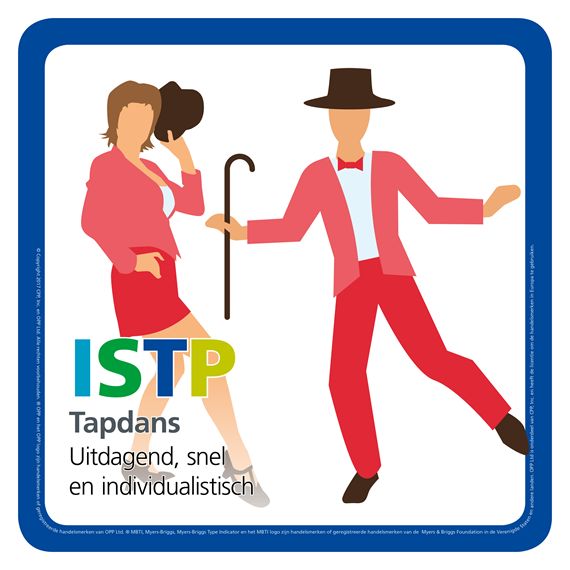
MISTAKE #1: NOT LISTENING BACK
On the rare chance that a tap dancer is actually recording themselves while they practice (NOT for the purpose of posting on social media), they’re typically just watching the playback, rather than listening to the playback. You should record yourself and just listen. Your ears will tell you the truth. Sometimes when we watch our playbacks, our eyes fill in the missing sounds for us.
MISTAKE #2: NO METRONOME
Speed Training without a metronome is like eating soup with a fork. It’s just silly. You’re not doing yourself any favors. Speed Training without a metronome means you’re relying on your internal ability to keep time with precision. It’s just not real. You’re human, and you feel time and music differently without the presence of a metronome. To learn more about the importance of a metronome and how it can benefit your tap dancing, check out Episode #087 “When to Use a Metronome in Tap Class”.
MISTAKE #3: DOUBTING THEMSELVES
So many tap dancers doubt their ability to dance fast, even when they have the technical chops and ability to do so.
TIPS FOR SPEED TRAINING
I’ve always been super passionate about fast footwork and rolling technique, inspired by tap dancers like Steve Condo who applied drum rudiments to tap dance technique.
Coincidentally, I learned about speed training many years ago from a drummer. Then I took that concept and applied it to tap dance to develop a personal practice technique to bring fast footwork to life. Not only has it worked for me, but it’s worked magic for my students over the years.
I’ve taken my approach to fast footwork and speed training, and have broken it down step by step in a new course in the iTapOnline™ Member Center, “Fast Feet and Phrasing”.
This Fast Feet and Phrasing course is great for intermediate+ level tap dancers who need help gaining confidence and clarity in fast footwork. It's also great for teachers who want to have a deeper understanding of phrasing and how it can help their students pick up choreography faster.-Step-11.jpg/aid7826390-v4-728px-Do-the-Maxie-Ford-(Tap-Dance-Step)-Step-11.jpg)
iTapOnline™ Members can check it out in theiTapOnline™ Member Center.
Suggested Next Episode:Charismatic and free dance step
Search...
In the Palace of Pioneers and Schoolchildren named after N.K. Krupskaya, admission to the creative association "School of Russian tap dancing and American tap dance (tapdance)" is announced. School-age children and adults are welcome. Classes are taught by laureates and diploma winners of the competition of humor and variety artists (Moscow), finalists of the Minute of Glory project Alexander Novikov and Lyubov Kamysheva.
The curriculum at the School is aimed at familiarizing with the art of step dance from classical performance to modern improvisation. Depending on the age and personal interest of students, different levels of mastering the program are provided: general cultural and professionally oriented. Students are supposed to participate in city and regional holidays, presentations, festivals. nine0003
nine0003
The program is implemented as part of paid educational services (on an extrabudgetary basis).
Interesting and important about the step
Foot dance has several names: tap dance, step, jig. Connoisseurs say that the true ancestors of tap dance are Irish jig and African dances with their characteristic syncopated rhythm, sliding and shuffling movements. Tap is a charismatic and free dance. Tap rhythms are very musical and very contagious! Hearing them, I want to jump up and tap something on my own. And this turns out to be difficult. Tapdance is quite complicated. Even simple elements are not obtained immediately. It is not enough to make the movement technically correct. You also need to do it very quickly and so that the heels clearly beat the rhythm. It will take a lot of effort to master it, but the result will pleasantly surprise you! nine0003
Tap dancers are not only dancers, but also musicians, where the musical instrument is the legs. Tapdance is a way of self-expression. Like jazz musicians in improvisation, dancers tap out the rhythm that their mood, heartbeat and rhythms of life tell them.
Tapdance is a way of self-expression. Like jazz musicians in improvisation, dancers tap out the rhythm that their mood, heartbeat and rhythms of life tell them.
Step classes are useful for all dancers, regardless of direction. And not for the sake of interest or broadening my horizons, but to replenish my dance base. It can be "shifted" to any modern style: R&B or hip-hop. In tap dance, you can “play” with your feet any rhythm you like. The qualities that a tap dancer needs to have are a good sense of rhythm and coordination of movements. This develops musicality and harmonious plasticity, brings up lightness, ease, naturalness of movements. It is a great way to improve coordination, stimulate the heart and strengthen the whole body as a whole. According to the professionals of the American Center for Physical Exercise, step dancing is completely safe and does not harm the human body, and absolutely everyone, regardless of age, height, weight and physical fitness. Therefore, we can say with confidence that everyone can enjoy tap dancing, enjoy every moment of the dance and not be afraid of unpleasant consequences. Tap dancing is an excellent workout that develops a sense of balance and the ability to keep the balance of the body, control your own movements. And it is also a good option for a cardio warm-up, an alternative to aerobics, a treadmill or an exercise bike. So tap dancing can also be recommended to those who want to lose weight and at the same time get a considerable charge of positive emotions. After all, unlike running on a track and regular aerobics, step is not only useful, but also fun and interesting! nine0003
Tap dancing is an excellent workout that develops a sense of balance and the ability to keep the balance of the body, control your own movements. And it is also a good option for a cardio warm-up, an alternative to aerobics, a treadmill or an exercise bike. So tap dancing can also be recommended to those who want to lose weight and at the same time get a considerable charge of positive emotions. After all, unlike running on a track and regular aerobics, step is not only useful, but also fun and interesting! nine0003
If you have any questions, please contact the teacher Lyubov Aleksandrovna Kamysheva
(contact tel. 89049705960)
Other items in this category: « From talent development to success Schoolchildren were told about their rights »
Top
Last comments
Up
Tap dance. Beglov is dancing with his daughter. Classic movie "Winter Evening in Gagra".
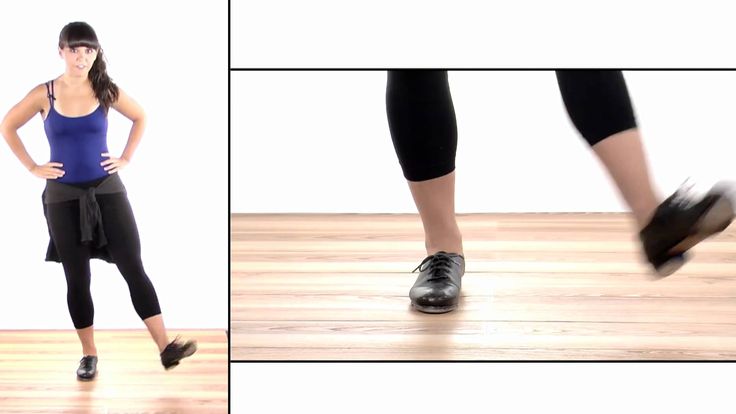 Watch video online
Watch video online 12+
1 day ago
smiletroitsk
The great dancer Beglov performs a tap dance with his daughter. Only after watching this dance, the viewer will understand why the film is called "Winter Evening in Gagra". Throughout the film, after meeting Arkady, Beglov will try to tell Arkady about the best moment of his life. This is exactly the moment when he danced with his little daughter, was young, handsome and popular. And it seemed that the whole life is still ahead ... By the way, it will be very cool if you like and subscribe to our channel! The protagonist of the film is Alexei Belov, earlier in the 50s he was one of the top tap dancers in the Soviet Union. At the zenith of his fame, he, who masterfully tapped on the stage, was popular and in demand. He was filmed on television and participated in the most iconic events of the time. AND now (according to the plot of the film) Alexei Ivanovich Beglov works as a modest tutor in a dance class.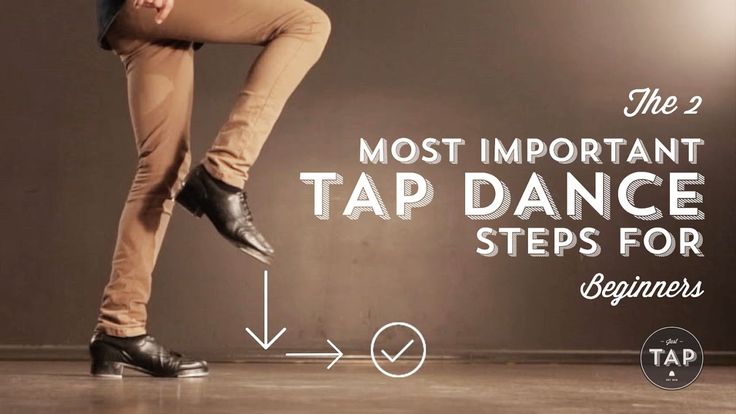 The fact that A. Beglov (who was superbly played by Evgeny Evstigneev, and Beglov in his youth - by Arkady Nasyrov) was an idol in the 50s, the dancers of a small pop group do not even suspect. Neither the director of the new show, the choreographer Valentin Fomenko (played by the actor Sergei Nikonenko), nor the capricious "star" of that time Irina Melnikova (played by the incomparable Natalia Gundareva) know about his glorious past. And the mannered TV presenter has already buried Beglov in general and, in his opinion, the great tap dancer is no longer alive at all. By the way, that TV presenter was played by Alexander Shirvindt. The ill-fated TV show deprives Beglov of one small dream - to buy "a real, not made of chipboard, soft sofa" in a commission furniture store. It would seem a trifle and there is nothing like that in this sofa, but it is the catalyst that starts the process of leaving Beglov's life. Seller Serega (played by actor Nikolai Averyushkin) watched the program and sold the sofa, which the great dancer so wanted to buy.
The fact that A. Beglov (who was superbly played by Evgeny Evstigneev, and Beglov in his youth - by Arkady Nasyrov) was an idol in the 50s, the dancers of a small pop group do not even suspect. Neither the director of the new show, the choreographer Valentin Fomenko (played by the actor Sergei Nikonenko), nor the capricious "star" of that time Irina Melnikova (played by the incomparable Natalia Gundareva) know about his glorious past. And the mannered TV presenter has already buried Beglov in general and, in his opinion, the great tap dancer is no longer alive at all. By the way, that TV presenter was played by Alexander Shirvindt. The ill-fated TV show deprives Beglov of one small dream - to buy "a real, not made of chipboard, soft sofa" in a commission furniture store. It would seem a trifle and there is nothing like that in this sofa, but it is the catalyst that starts the process of leaving Beglov's life. Seller Serega (played by actor Nikolai Averyushkin) watched the program and sold the sofa, which the great dancer so wanted to buy. Plus, talking to your daughter adds fuel to the fire. The conversation with his daughter takes place in the modest apartment of Alexei Ivanovich, and the scarcity of the situation suggests to the viewer that the main character had even worse times ... One of the small chances of "tasting a full life" for the aging Belov is getting to know Arkady Grachev. Beglov meets the ingenuous but very energetic Arkady Grachev (played by Alexander Pankratov-Cherny, beloved by many). Arkady reminds him of his former glory, and Beglov again feels the taste for life. Relations with a scruffy, simple-hearted, but somewhat arrogant circus laborer from Vorkuta balance on the verge of friendship-enmity. Arkady is obsessed with the idea of becoming famous on stage and demands from Beglov to teach him tap dancing. The guy, in today's language, a good marketer, found out that there are no tap dancers on the stage - the niche is empty. The only trouble is that he does not have any data for such a complex rhythmic dance.
Plus, talking to your daughter adds fuel to the fire. The conversation with his daughter takes place in the modest apartment of Alexei Ivanovich, and the scarcity of the situation suggests to the viewer that the main character had even worse times ... One of the small chances of "tasting a full life" for the aging Belov is getting to know Arkady Grachev. Beglov meets the ingenuous but very energetic Arkady Grachev (played by Alexander Pankratov-Cherny, beloved by many). Arkady reminds him of his former glory, and Beglov again feels the taste for life. Relations with a scruffy, simple-hearted, but somewhat arrogant circus laborer from Vorkuta balance on the verge of friendship-enmity. Arkady is obsessed with the idea of becoming famous on stage and demands from Beglov to teach him tap dancing. The guy, in today's language, a good marketer, found out that there are no tap dancers on the stage - the niche is empty. The only trouble is that he does not have any data for such a complex rhythmic dance.

